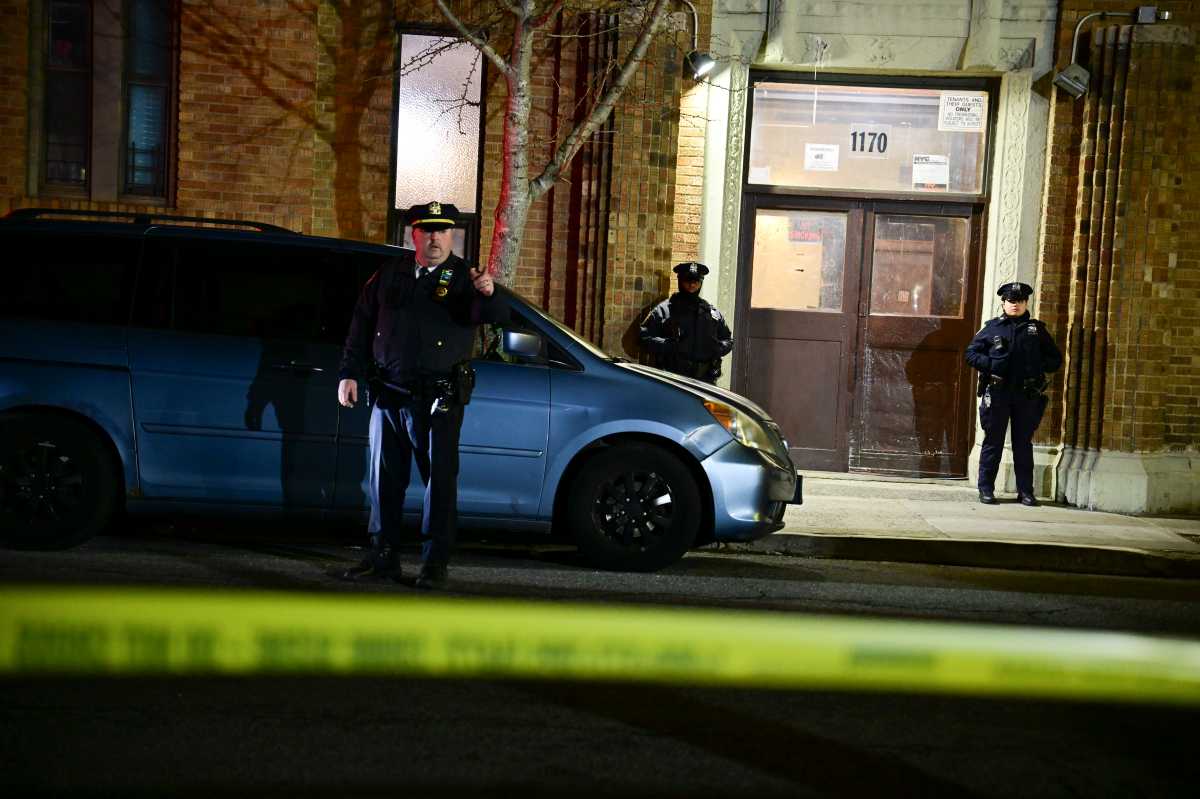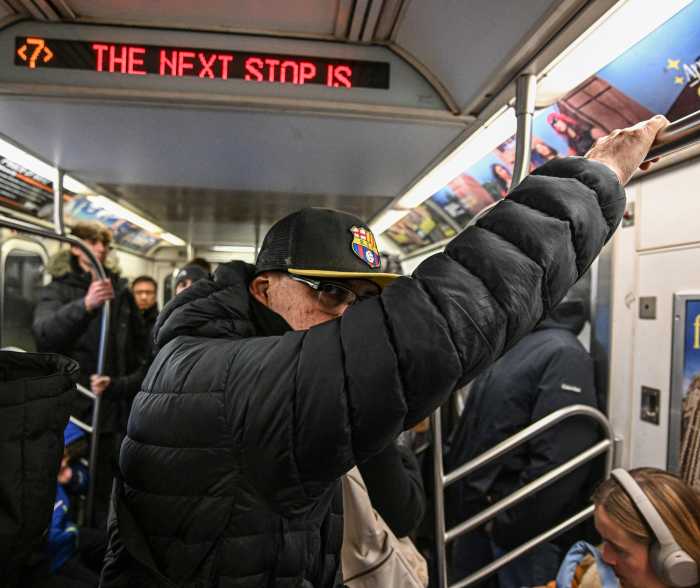By Alex Robinson
MTA Chairman Thomas Prendergast said negotiations with the LIRR unions broke down Monday because there was “not a gap but a gulf” between the two sides after the union chairman vowed to go ahead with plans to strike July 20.
“They haven’t moved at all slightly from their position,” Prendergast told reporters at MTA headquarters Monday afternoon. “Until they’re ready to move, there’s no reason to have negotiations.”
Anthony Simon, general chairman of the unions at the negotiations, released a letter Monday afternoon slamming the MTA for rejecting their most recent offer presented last Thursday without making a counter offer.
“MTA has clearly decided that provoking a strike is the course of action it intends to pursue,” Simon said in the letter.
He also said the unions were prepared to wind down service beginning Wednesday in preparation for the walkout at midnight Sunday.
The union has requested a 17 percent pay raise over six years. The MTA agreed to give the increase over seven years, but also included a requirement that new employees contribute more to their health care costs.
“We must be able to do this in a fiscally responsible manner for the long term,” Prendergast said. “If we were to accept this deal on their terms, it would put additional pressure on both fare increases we have projected in the financial plan and funding of the capital program.”
Prendergast said the MTA has moved three times in its offers to the unions.
Both sides walked away from the bargaining table with no further discussions scheduled for this week.
The MTA has proposed alternatives for commuters in the event that the strike happens.
Around 350 shuttle buses would ship 15,000 riders from eight different locations in Long Island to three subway stations in Queens during rush hours in peak directions.
The buses would pick up passengers at stations in Seaford, Manhasset, Deer Park, Freeport, Bellmore, Ronkonkoma, Hicksville, and Nassau Community College.
The MTA would also offer a free ferry service, which is slated to take commuters from Glen Cove to a terminal on 34th Street in Manhattan.
An additional 4,000 parking spaces will be available at Citi Field for commuters to park their cars and get on the No. 7 train, and there will be 3,000 parking spots at Aqueduct Raceway so that riders can get on the A train.
“These subway lines will be more crowded than they otherwise would, but it’s a great option to get people into Manhattan and to work,” MTA spokesman Adam Lisberg said.
Queens commuters who depend on the LIRR would have to take buses to subways as the shuttles will not make any stops in between the pick up and drop off locations. MTA officials said there is no plan to expand bus service in northeast Queens, but if additional buses are needed, they will run them.
The MTA has also been in contact with more than 1,400 businesses across the city and said it has commitments from 18,000 people to telecommute from home if a strike occurs.
MTA officials said the contingency plan puts the city in a much better position than it was when the LIRR union last went on strike in 1994.
“Today, the MTA has a far stronger, more robust, multifaceted plan,” MTA Chairman Thomas Prendergast said. “Working with the state and elected officials from across Long Island and the city of New York, we are providing more shuttle buses, thousands of parking spots near subway stations, a ferry service, real-time traffic management and real-time parking monitoring.”
MTA officials urged commuters to check the agency’s website to get up-to-date information about transit options in the event of a strike.
Philip Newman contributed to this report.
Reach reporter Alex Robinson by e-mail at arobinson@cnglocal.com or by phone at 718-260-4566.
































